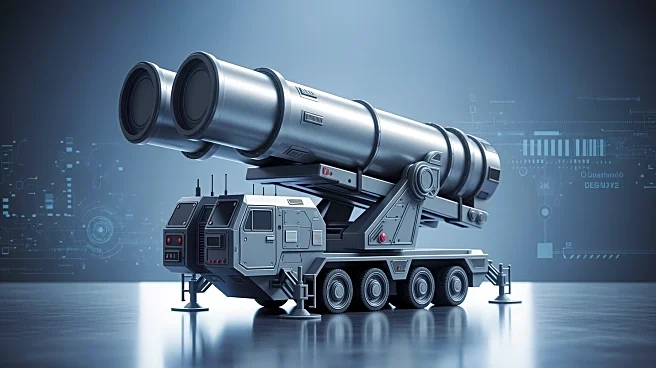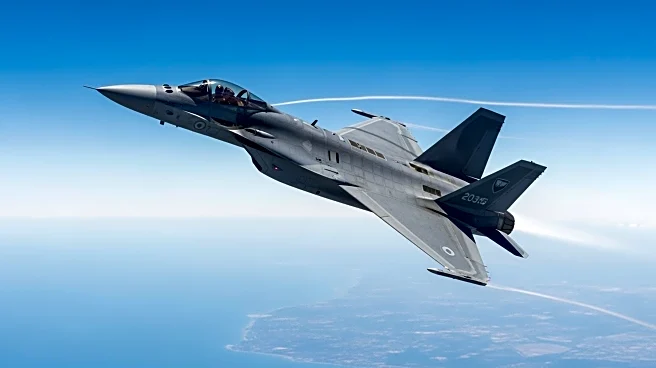What's Happening?
Gilat DataPath, a subsidiary of Gilat Satellite Networks Ltd., has been awarded a contract exceeding $7 million to supply transportable SATCOM terminals to the U.S. Army. The contract includes multiple
units of the DKET (Deployable Kit Earth Terminal) 3421 and associated support services, with deliveries scheduled for completion by the end of 2025. The DKET 3421 is a rugged terminal designed for demanding mission requirements, featuring multi-carrier capability and a scalable modem architecture. This technology is crucial for providing high-speed voice, data, and video communications in remote locations, enhancing situational awareness and intelligence for U.S. forces and NATO allies.
Why It's Important?
The contract highlights the growing importance of satellite communication in modern military operations, where traditional strategies are less effective. The DKET 3421 terminals will enhance the U.S. Army's ability to maintain resilient connectivity for forward-deployed forces, crucial for operational success in areas lacking infrastructure. This development underscores the strategic shift towards advanced communication technologies to support military and allied operations, reflecting the increasing reliance on satellite intelligence and imagery in contemporary warfare.
What's Next?
The deployment of these SATCOM terminals is expected to bolster the U.S. Army's communication capabilities, particularly in remote and challenging environments. As the deliveries progress, the Army will likely integrate these systems into their operations, potentially influencing future procurement strategies and technological advancements in military communications. The ongoing conflict in Eastern Europe and the proliferation of drones may further drive demand for such technologies, emphasizing the need for continuous innovation in satellite communications.
Beyond the Headlines
The contract with Gilat DataPath also reflects broader trends in military technology, where satellite communications are increasingly intertwined with geospatial intelligence. This integration is pivotal for modern warfare, providing critical situational awareness and enabling strategic decision-making. The emphasis on resilient and adaptable communication systems highlights the military's focus on maintaining operational readiness in diverse and unpredictable environments.












